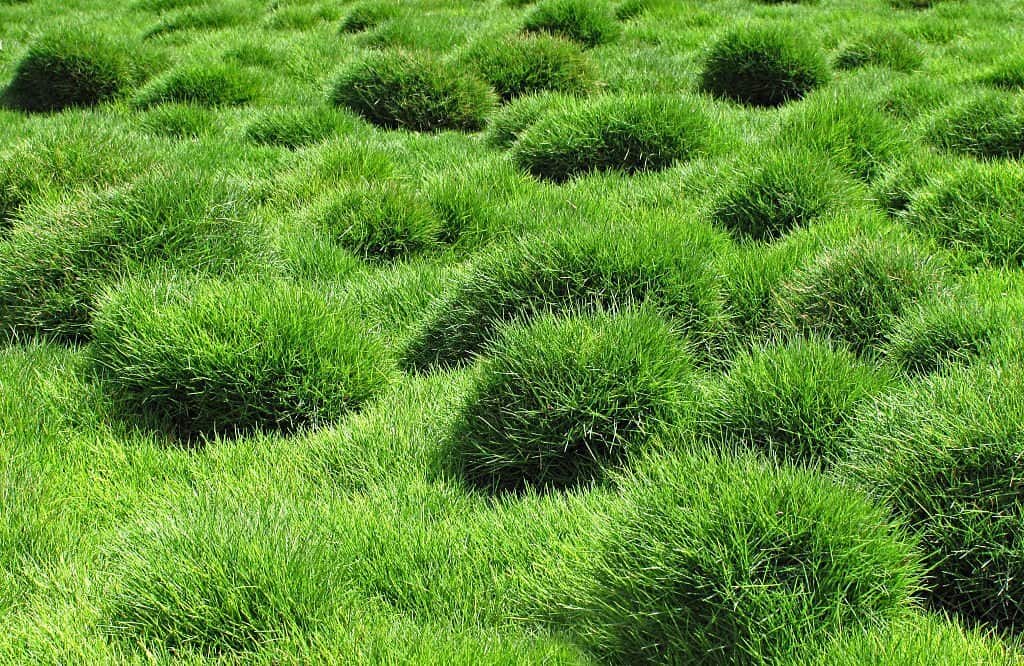Zoysia Grass is a special, warm-season grass that is almost always noticeable. The U.S. Department of Agriculture and the Professional Golfer’s Association (PGA) refined the grass in the 1950s.
It spots several unmistakable features, such as thick blades and drought-resistant capabilities. It loves heat and thrives in hot climates, making it one of the most loved grass species in the Southern United States.
People have always asked whether the Zoysia grass intrudes or takes over other grasses planted near it. Well, one thing is clear, it’s a strong-growing grass that requires little water, even to stay green in the summer. Read on to learn whether Zoysia invades other grasses and how.
Will Zoysia Grass Take Over Other Grasses?
Yes. Mostly, Zoysia is considered invasive and is known to take over lawns, especially when given enough time. Also, it crowds out other grasses in your lawn or newly seeded grasses you plant. However, it does the same for other plant species considered as weeds.
Zoysia chokes out other grass as it propagates laterally or creeps, quickly spreading out over time, often out-competing weeds and other grasses.
Further, Zoysia usually has a lot of thatch, meaning it needs aeration more often than other lawns. You’ll find this grass on most golf courses, baseball fields, and football fields due to its high tolerance for high traffic.

How to Grow Zoysia Grass
While Zoysia lawns are commonly established by plugs, strip sodding, or sprigging, you can also sow Zoysia seed. It’s best to do so in the spring, the opposite of cool-weather-grass planting. Newly seeded Zoysia lawns often take about two seasons to produce dense turf.
Follow the following steps to grow Zoysia from seed.
- Lightly rake the bare soil to cultivate
- Broadcast the Zoysia seed with your spreader. Ensure you follow the seed package directions.
- If you want to overseed established lawns, aerate them, then vertically cut them to expose the soil surface. Now, broadcast the seed.
- Water the grass several times daily for at least one month. The seedbed must constantly stay moist for germination to occur.
Are There Grasses that Mix Well with Zoysia?
Yes, if you are sugaring your lawn with Zoysia grass, you’ll have some bare spots if you use plugs. If you’re using seeds, you must also fill in faster-growing grass spots.
Usually, Zoysia gets mixed with cool-season grasses, such as Kentucky Bluegrass and Tall fescue. In the beginning, expect your lawn to remain green into the Winter. Eventually, Zoysia will take over, and your lawn will go dormant.
Many experts recommend mixing 5% Microclover, 5% Kentucky Bluegrass, and 90% Turf Type Tall Fescue in warm climates.
Zoysia Grass: Caring for Your Lawn

As stated before, Zoysia is a warm-season grass. It thrives in heat and peaks in growth during the late spring and summer months. As a result, the optimal time for major lawn care activities is during this time of vigorous growth.
When cool fall temperatures gently arrive, Zoysia grass growth begins to slow and become dormant. Your lawn care schedule will follow suit by slowing as well.
If you want to keep your Zoysia grass lawn at its bests, always remember these natural seasonal cycles. Southern areas are best suited for the grass. If you live near the north, weather conditions will significantly impact Zoysia’s growth, success, and survival. Generally, cold weather extremes are bad for Zoysia, and your grass will quickly turn brown.
How To Get Rid of Zoysia Grass on Your Lawn
Zoysia is notorious for being hard to remove, so getting it off will be challenging if you have it on your lawn. However, some lawn care experts can help you with the removal by cutting it out. Hopefully, it’s not as entangled with any other grass by then.
After removing it, you can plant your preferred grass species on a new lawn. It’s counter-productive to remove Zoysia by yourself because it takes heavy digging and slicing of patches from the soil. Also, apply more topsoil before planting another grass variety on your lawn.
Conclusion
Zoysia is a fantastic grass species that has stood the test of time. Even though it grows slowly, it is one of the most dominant grasses that take over other grasses. For this reason, the grass is often used to fill in areas of lawns that are difficult to grow. However, it becomes invasive, so it’s not the best choice for all lawns.
Zoysia can grow with some grass types, including the Kentucky Bluegrass because they have similar characteristics. They’re also easy to plant and thrive in hot weather.
Now that you know Zoysia Grass takes over other grasses, be careful when you spot them on your lawn. Take active steps to get rid of them from your lawn.





